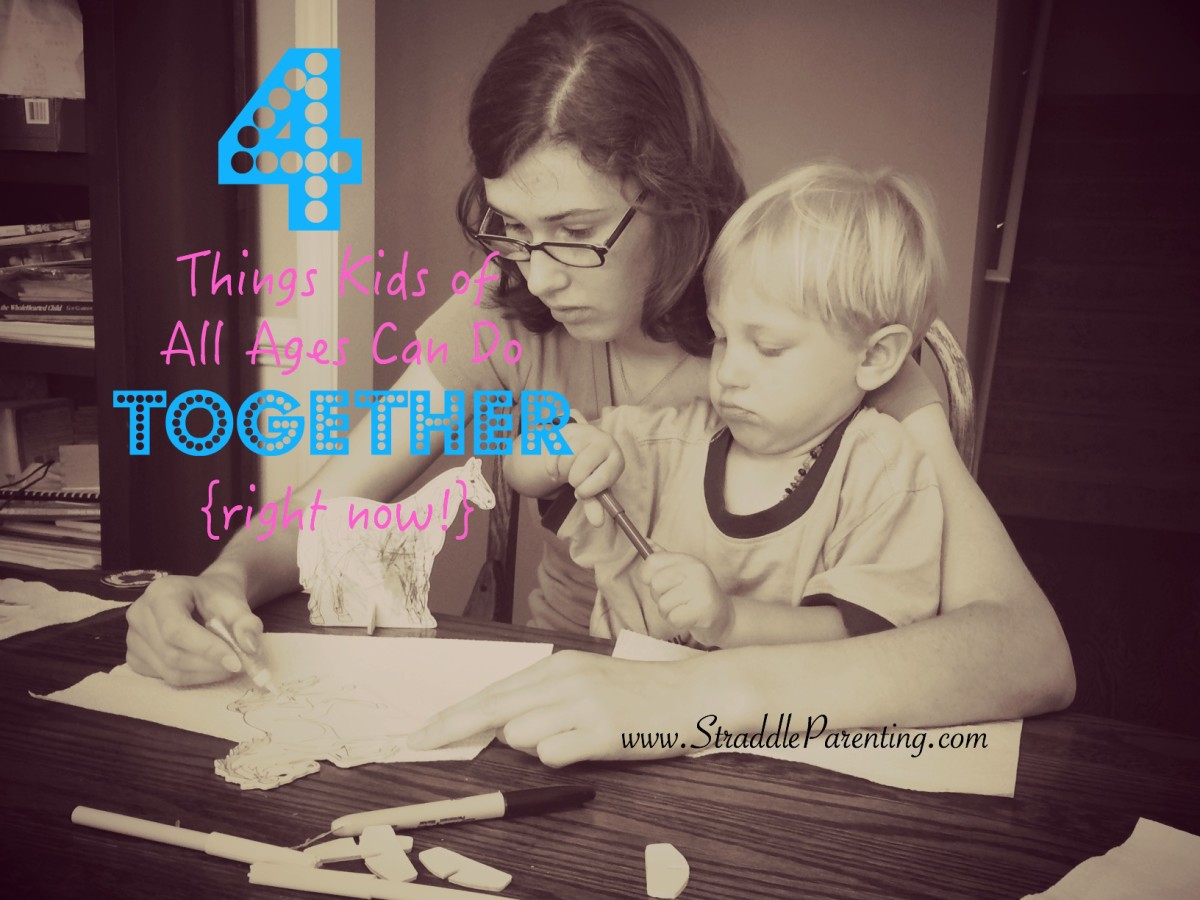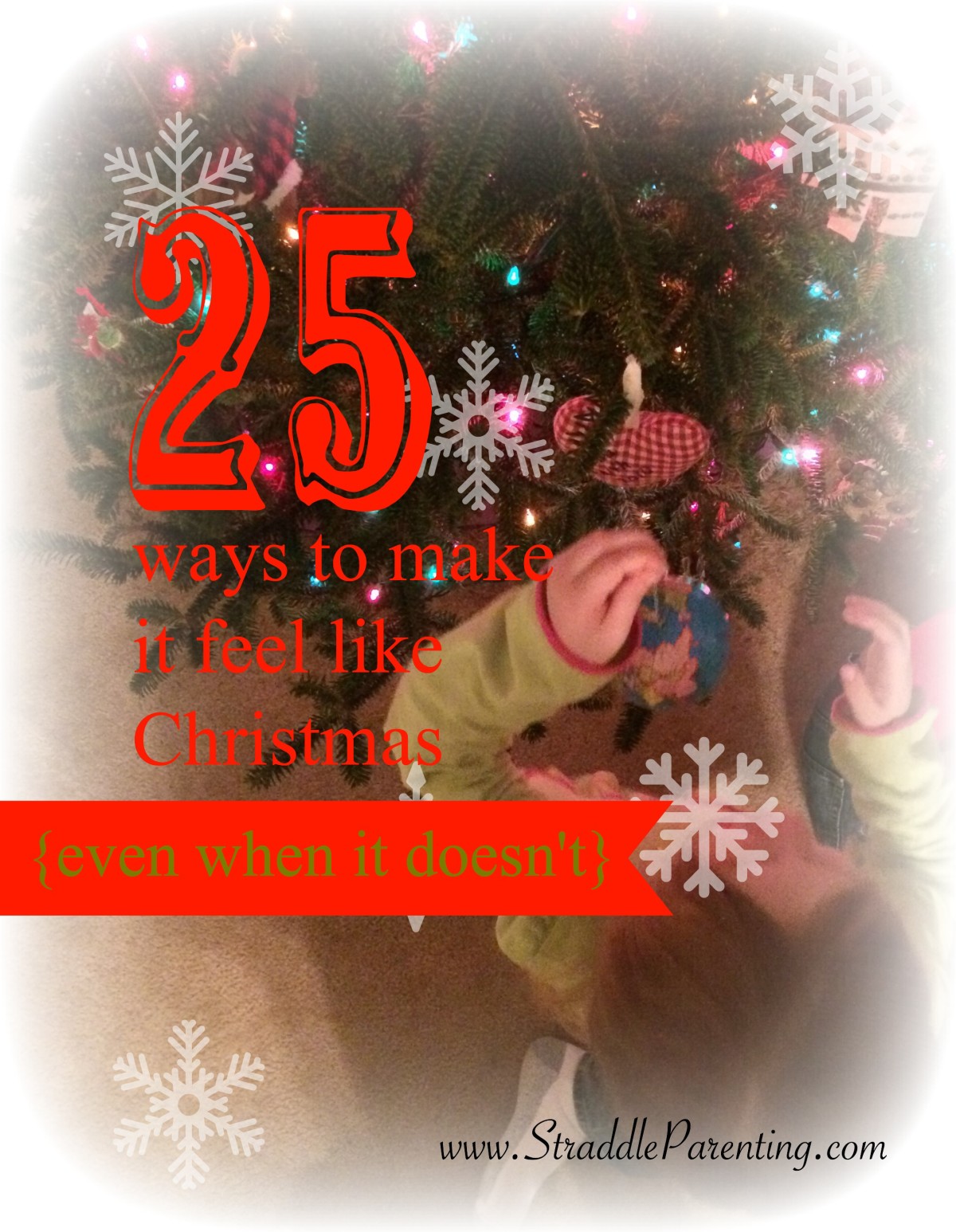Once upon a time, they were babies.
They were small, and helpless, and you wondered if they — or you— would ever survive the learning curve that was young family life.
Of course, they made it. You did, too. There were mistakes along the way, heaven knows. Things said that should have never been given voice, things not done that really should have made their way on to the priority list.
But when it was all said and done, you stood back and you marveled because there, in front of you, was a fully-grown adult person. A person with likes and dislikes and passions and dreams and plans. Oh, the plans. Life was a wide-open possibility for this freshly-minted grown-up.
And your heart strained, just a little, to see how differently they had turned out from what you had expected.
He really listens to that music, huh? Wow. It’s so … rough.
She’s going to live in that neighborhood? I kind of always expected her to be a country girl.
He never picks up a book anymore. Guess I messed that whole “lifelong learner” up somehow …
But then, you see it.
Maybe it’s a phone call, asking for your recipe for cinnamon rolls. Or a text asking where you bought the candles that always smelled so good. Or a photo in your inbox: “Do these jeans work? I can’t tell!”
A friend recently shared that her daughter has finally dipped her toes into her passion. This friend is known for many things: her giving heart, her sly wit, her ability to encourage. She’s also know for her quilting. A true artist, her work shows all the hallmarks of hands gifted by God and set in motion by a joyful creativity. For years, her adult daughter has found her happiness elsewhere, leaving her mother to assume that she would always quilt alone.
But then …
A request: “Can you help me put together a little something …”
Of course.
Because you never assume that your child will walk, lock-step, in your footsteps. You never assume that they will want to embrace all the things that make you you.
And then they do.
And you couldn’t be happier.
Have your teens or adult children embraced any of your hobbies or passions? Do you work on them together?




